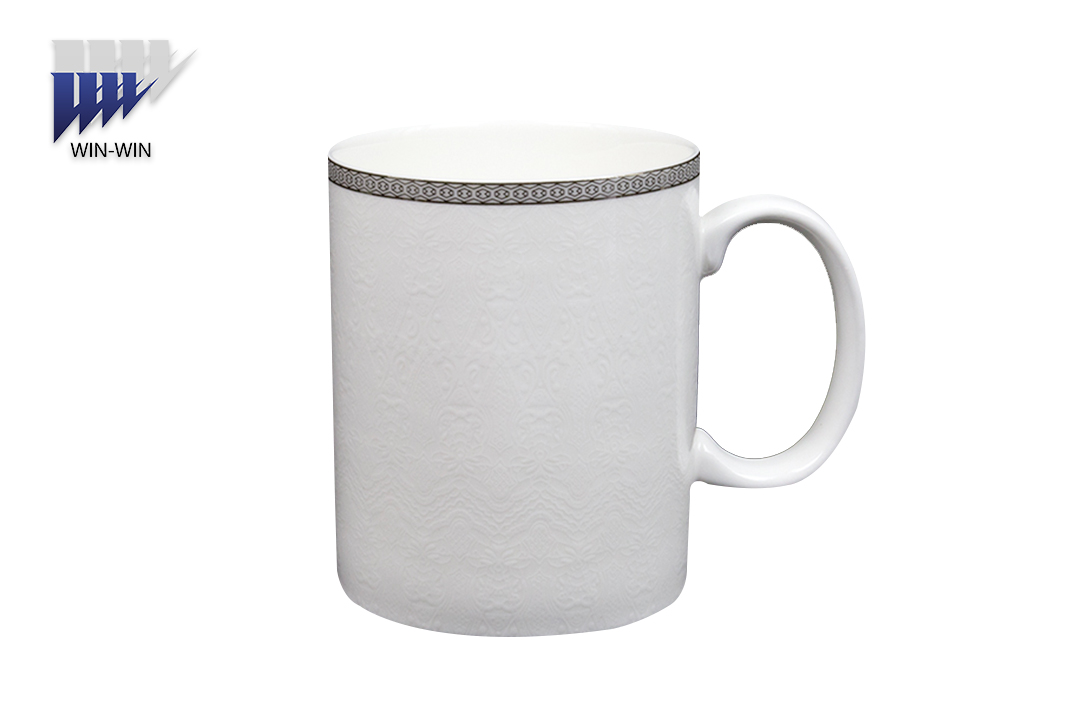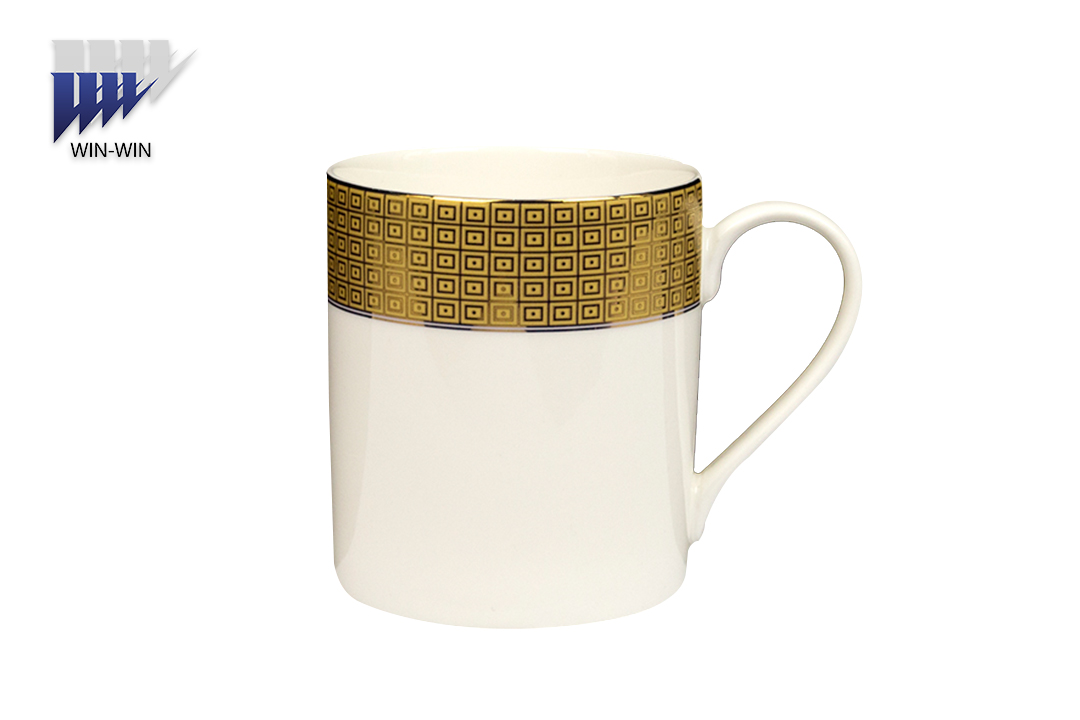Bone China manufacturers tell you that glaze refers to a colorless or colored glassy thin layer covered on the surface of ceramics, which is combined with mineral raw materials (feldspar, quartz, talc, kaolin, etc.) in a certain proportion, and is ground into a glaze paste, applied to the surface of the body, and formed after calcination at a certain temperature. The glaze can increase the mechanical strength and thermal stability of ceramic products, and beautify the ware, easy to wipe, not by dirt and dirty erosion characteristics, its wide variety, according to the firing temperature, can be divided into high temperature glaze, low temperature glaze; According to the appearance characteristics, it can be divided into transparent glaze, milky glaze, color glaze, light glaze, matt glaze, crack glaze (open), crystal glaze, etc. According to the chemical composition of the glaze, it can be divided into lime glaze, feldspar glaze, lead glaze, lead-free glaze, boron glaze, lead boron glaze, etc.
The invention and use of glaze is an essential condition for the emergence of primitive porcelain. About the middle of the Shang Dynasty in the 16th century BC, ancient ancestors in the practice of firing white pottery and printed hard pottery, in the continuous improvement of raw material selection and treatment, as well as increasing the firing temperature and the surface glaze, on the basis of creating primitive porcelain. With the progress of The Times and the development of production technology, China’s porcelain in the past dynasties emerged with the glaze with the characteristics of The Times.
Post time: Jul-06-2023







